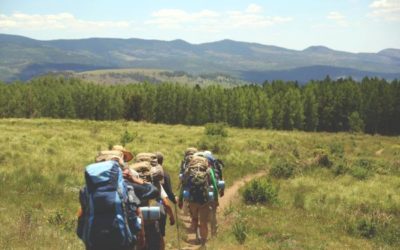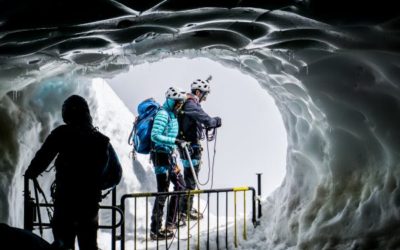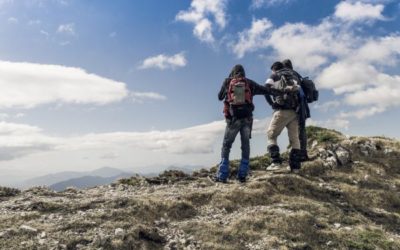Guest blogger Emily Huguenin, is taking a closer look into how wilderness navigation informs a quest for truth. In her past post How Wilderness Navigation Reconnects You To Truth, she addresses the deep longing of our heart for truth and how backcountry navigation is a representation of this seeking. In the quest for truth obstacles arise. You have to work to shed away all that is NOT truth before you find it. Have a look at this second post in this series, looking at another obstacle to overcome in your search for “What is true?”
OBSTACLE #2: DATA MISREPRESENTATION
In popular hiking areas, I have found that multiple trails are often more confusing than no trail at all. Game trails and user-made paths look authentic but lead the hiker to dead ends and confusion.
TOPO MAPS ARE OFTEN ACCURATE BUT SOMETIMES LACK UP TO DATE INFORMATION
Maps cannot always indicate land features or trails that have changed or no longer exist. So they cannot be counted on as infallible information. In the same way, we can all agree that media sources or other groups to suit various ideologies often misrepresent facts. It can be tough to rely on another’s interpretation of a map or of a news story when you are not sure you are getting all of the facts.
LESSON FROM THE BRIDGER WILDERNESS
Recently, I led a group of youth across a section of the Bridger Wilderness in Wyoming’s Wind River mountains. The map showed another trail we tried to use as a shortcut. However, in reality this trail no longer existed and led us into a tangle of burned-out deadfall and soggy marshes. By sticking to the compass bearing we had established, we were able to confidently navigate the trail-less area and make it to our destination. The only requirement was being observant and faithful to the truths that we did know through our map and compass navigation.
THE BIBLE IS A MAP THAT IS ALWAYS TRUE
The key to overcoming this obstacle lies in using the proper tools to interpret data correctly. A solid understanding of map, compass, and GPS use is essential for backcountry navigation, even in areas with established trails. For life navigation, the Bible is an essential tool to provide guidance and understanding. God’s Word is “a lamp to my feet and a light to my path” (Psalm 119:105), and offers God’s direction in a world full of conflicting paths.
RELATED POST: The V.I.S.I.O.N Inductive Bible Study Method
REFLECTION QUESTIONS:
- What is something in your life that you might be using improper tools to interpret?
- How have you seen “data misrepresentation” lead to confusion in your life?
- Will you hold these places of confusion against the Bible in order to seek truth?
READ THE 3RD PART OF THIS SERIES: Don’t Doubt Your Ability to Interpret Truth
Emily Huguenin is a lifelong adventurer who has been guiding outdoor experiences for youth since 2005. She started her career in outdoor leadership by earning a B.A. in Bible/Theology and Camping Ministry from Appalachian Bible College, and an M.S. in Environmental Education from Montreat College. Emily spent the past ten years directing outdoor education programs, high adventure camps, and wilderness-focused residential summer camps in mountainous places including West Virginia and Wyoming.



